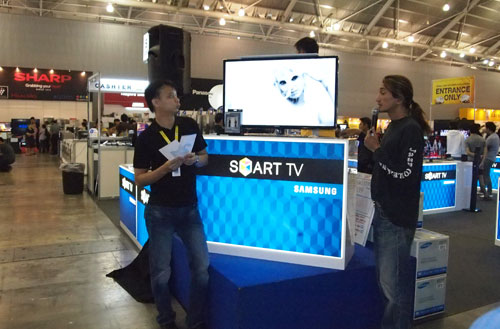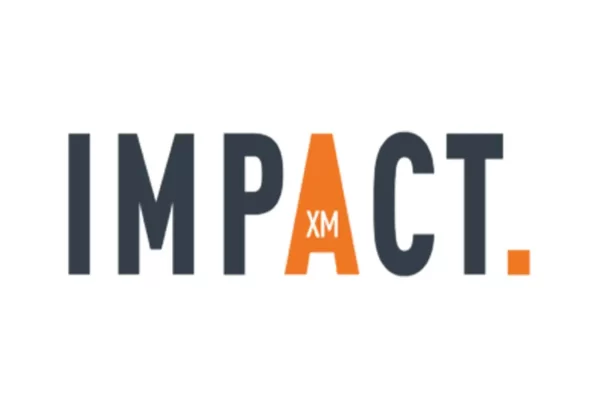There is a great deal of international participation among U.S. exhibitors and tradeshow organizers looking to expand their reach into new markets, but knowing when to take a tradeshow or exhibit overseas and how to go about doing it can be a problem for those accustomed to doing business only in the United States.
A recent Webinar moderated by Stephanie Selesnick, president, International Trade Information, addressed various issues involved in organizing overseas tradeshows and provided two experts to offer their own insights into global exhibitions. And knowing when an exhibit or tradeshow is ready for overseas markets is key.
“When your brand is recognized on a global level, you are ready to take your tradeshow overseas,” said Tom Cindric, vice president, Hanley Wood. Hanley Wood’s World of Concrete tradeshow is opening its first overseas edition in October in Hyderabad, India.
But if your brand is not recognized globally, opportunities still exist for overseas expansion if it
fills a void in a specific market, said Cindric. If your tradeshow has exhibitors who want to expand their reach into overseas markets, it might be time for the entire tradeshow to do so as well.
In general, it helps to have about a year of lead time to plan for taking a tradeshow overseas. And having the right number of exhibitors ready to make the move helps a great deal.
“You need about 200 to 250 exhibitors and the space for them,” said Cindric. “And you want to grow in year two or year three.”
A good mix of international and domestic exhibitors can help a tradeshow move overseas. And the ABC Kids Expo is a good example.
“International attendance over the last two years is soaring,” said Larry Schur, president, ABC Kids Expo. “Ten years ago, we only had three exhibitors from other nations. Now we have 66.”
The rapid increase in international participation over the years has spurred ABC Kids Expo to expand globally and begin advertising in other markets.
“We have more international manufacturers wanting to exhibit here, and U.S. manufacturers want to go abroad,” said Schur.
Tradeshow organizers started by developing agreements to host pavilions during existing overseas events rather than starting up an entirely new tradeshow. Current exhibitors then could rent exhibit space within the pavilion to test new markets and help determine if there is a need for an entirely new tradeshow event. In exchange, the organizations with whom the ABC Kids Expo made agreements overseas likewise have agreed to begin exhibiting in U.S.-based events.
Aiding international participation in U.S. tradeshows and other events, many exhibitors from abroad are subsidized by their respective federal and local governments to participate in U.S. events. Add in the fact that the U.S. dollar has been devalued a great deal in recent years, and it is much more affordable for overseas exhibitors to participate in tradeshows located in the United States and North America. The devalued dollar and subsidized participation is a tremendous advantage for international organization over domestic exhibitors in the United States, who are on their own when considering participation in overseas events.
Whether looking to draw in international exhibitors or considering expanding a tradeshow overseas or simply to participate by sponsoring a pavilion or exhibit, it helps to establish trustworthy partnerships in targeted markets.
“It’s about developing relationships,” said Cindric. “There are a lot of people you can work with. The Las Vegas Convention and Visitors Authority does trade missions overseas, and that was a catalyst for taking the World of Concrete to India.”
Agreeing, Schur suggests using known quantities, such as existing partnerships with overseas organizations, when considering making a move to international markets.
“You need to use internal and external resources for going offshore, such as recommended partners and those you might already know,” said Schur.
The federal government, according to Selesnick, can help finding recommended partners. The U.S. Department of Commerce recently launched an international trade initiative that can help identify sector specialists in other nations with whom tradeshow organizers and exhibitors could work. Respective chambers of commerce in various nations also are good sources.
“Having local partners is key, and these relationships don’t just happen overnight,” said Selesnick. “You need reciprocal agreements. You need to have someone on the ground.”
Shipping and lead times can be shortened when using partners overseas, and real tradeshow freight-forwarders can be a big help. But when exhibiting in a new locale for the first time, it is advisable to not take as much equipment as might normally be used in order to make it easier to move in and out.
“Many exhibitors will pre-sell large equipment before shipping to a show to save costs,” said Selesnick. “Working with local distributors is the most effective way to ship.”
While shipping is a big concern for international exhibitors and tradeshow organizers, other challenges also exist.
“There are cultural challenges among ourselves, local partners and associations,” said Cindric. “Local associations can be challenging and have different political goals.”
Local tax laws and knowing how to move money in and out of a host nation also can be challenging for international tradeshow organizers and exhibitors, Cindric added.
In addition to local laws, some organizations are concerned their brand might be harmed when going overseas for the first time.
“Some shows are afraid of going offshore. They are afraid of damaging their U.S. brand,” said Selesnick.
But drawing international participation to U.S. events can be easier.
“You have to allow time to go to events. There’s a lot of hard work for manufacturers to go overseas,” said Schur. “But it’s much easier to get international participation in U.S. events.”
International markets identified as the most attractive include Mexico, Indonesia, South Korea, Turkey and South Africa. The Southeast Asia corridor of Indonesia-Singapore-Thailand located within easy reach of China’s mainland is also a very attractive exhibiting market.
And once the decision has been made to exhibit overseas, language barriers must be overcome.
Selesnick advises using trusted interpreters rather than direct translators when doing business overseas. While a translator will provide a mostly verbatim translation from English to another language, there is room for misinterpretation of meaning as well as intent. But a skilled interpreter will get across the key meanings in a way that will be understood easily and not create offense where none was intended.






















